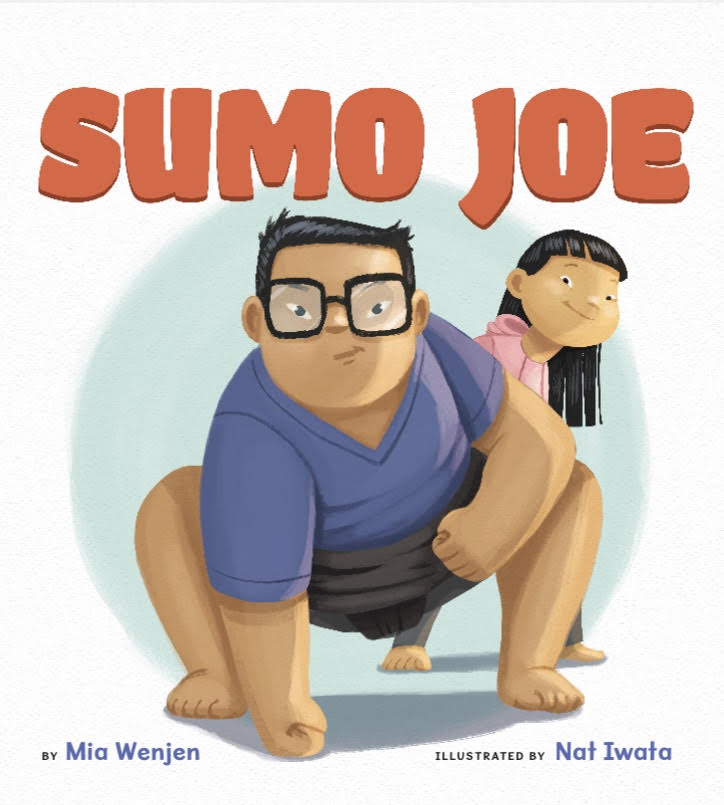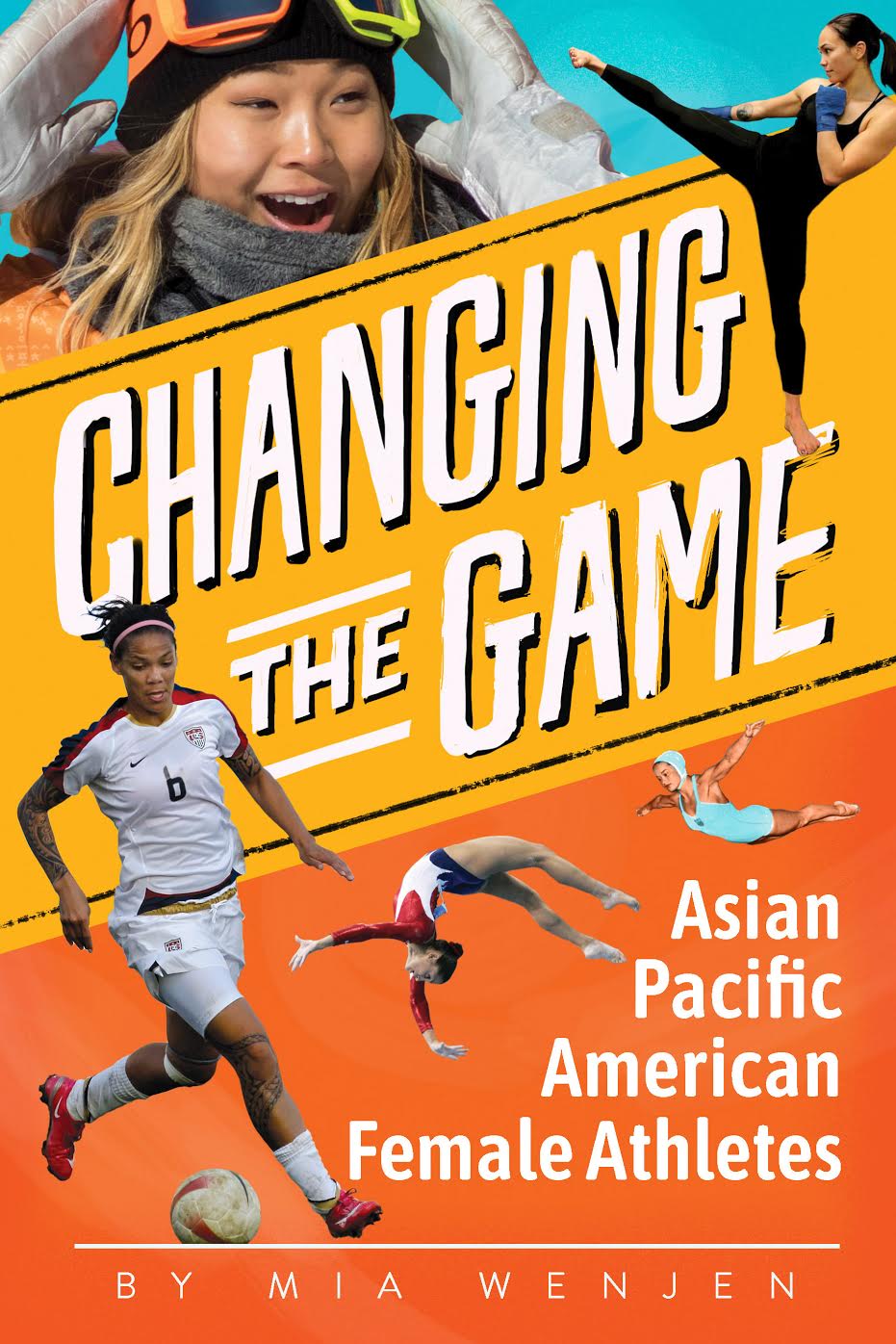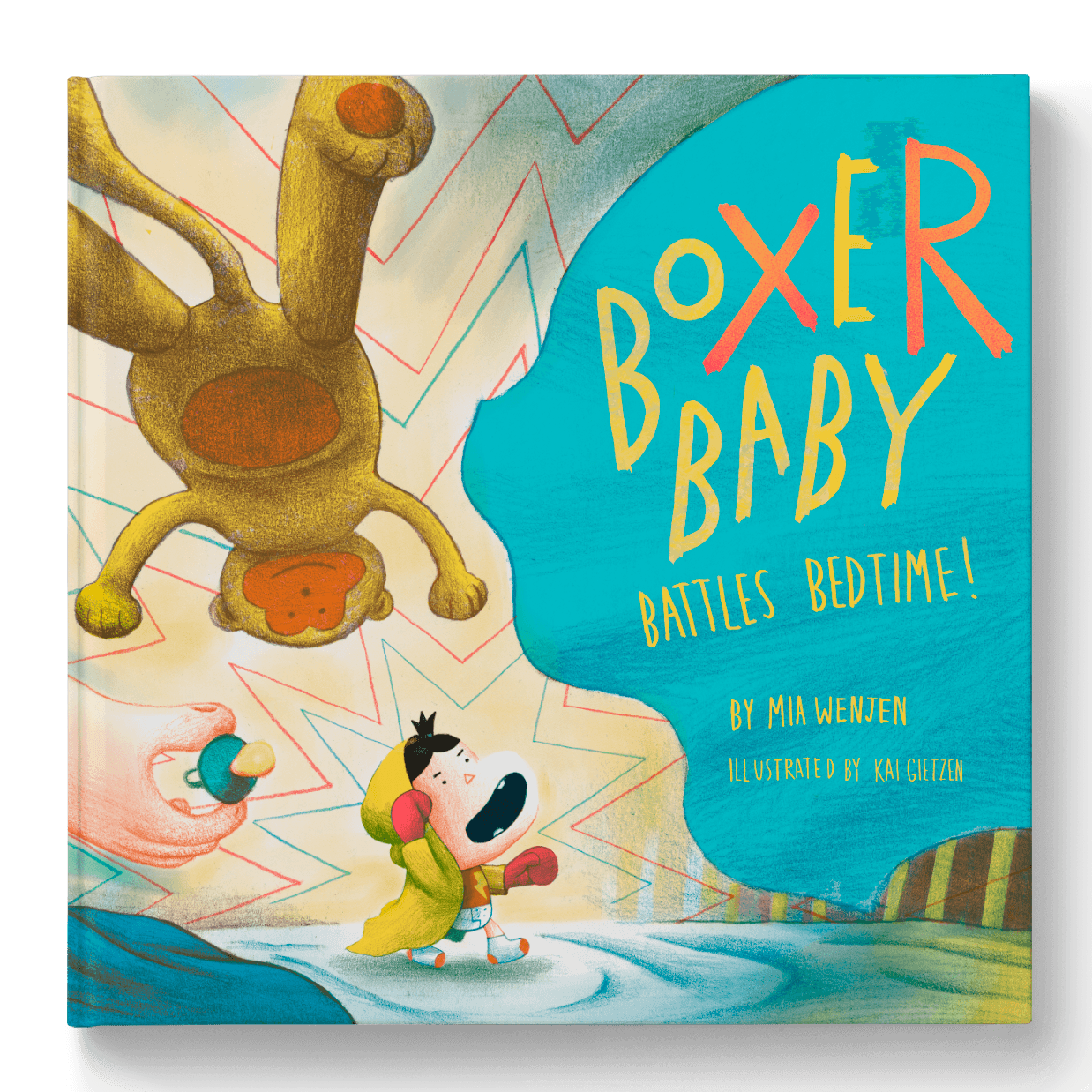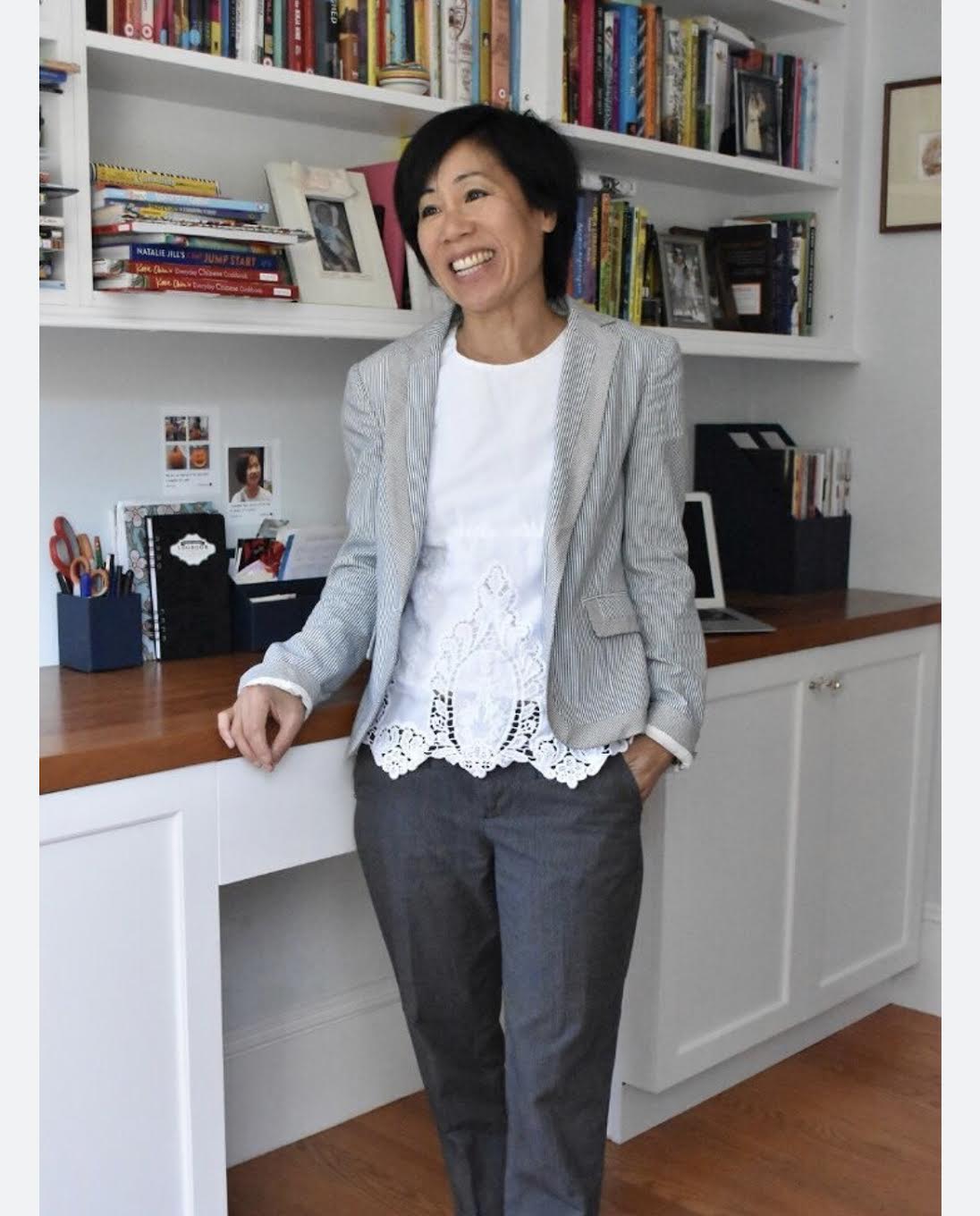We’re excited to introduce you to the always interesting and insightful Mia Wenjen. We hope you’ll enjoy our conversation with Mia below.
Mia, thanks for taking the time to share your stories with us today Can you share a story that illustrates an important or relevant lesson you learned in school
When I was in business school, billionaire commercial real estate mogul David Murdoch spoke. He said that he only had a 7th grade education but was successful because of one thing. When people make their “To Do” lists, they invariably do the tasks in the order of preference. He does it in the order of importance. That one change is the reason for his success.
If you think about it, it’s easy to take the “To Do” list and do the things that are either fast or easy to do. It’s also easy to prioritize tasks that you enjoy. If you keep adding items to the list, you can procrastinate the things that need to be done forever.
This simple advice about discipline has stuck with me and I prioritize my day the same way as David Murdoch.

Mia, before we move on to more of these sorts of questions, can you take some time to bring our readers up to speed on you and what you do?
After a career as a dorm room and then post-college entrepreneur, I got married and started having children. After our second child was born, I became a stay-at-home mom with three children. When my youngest turned 5 years old, I started a blog on parenting, education, and children’s books, PragmaticMom.com, in response to my eldest falling behind in first grade. Her teacher had a chronic illness and there were substitutes for substitutes. I had to quickly figure out what the holes were and try to fill them in. One way to work on her literacy was to read picture books because I could read to all three children at the same time as my husband worked long hours. I would go to different libraries in my area and check out 100 picture books a week, using resources such as book lists to find the best books.
This led to my blog focusing on creating book lists of the great books we read. Because my children are Chinese, Japanese, and Korean, I made lists for these ethnicities and the Korean list went a little viral. I decided to double down on diverse lists when I learned that the number of diverse children’s books being published had not grown in 14 years. This led to starting a nonprofit, Read Your World, which puts diverse children’s books into the hands of readers.
When the window for diverse books opened a crack, I stepped through as an author. I wasn’t one of those kids who always wrote and dreamed of becoming an author some day. I was quite the opposite. But, I discovered that I had inadvertently created an author platform by having a blog and a large social media following across many platforms. I had to learn how to write children’s books and that was a long journey marked with a lot of rejection, but I finally was able to turn the corner and get my first book published through a picture book competition held by publisher Lee and Low. I now have seven children’s books out with six more under contract.
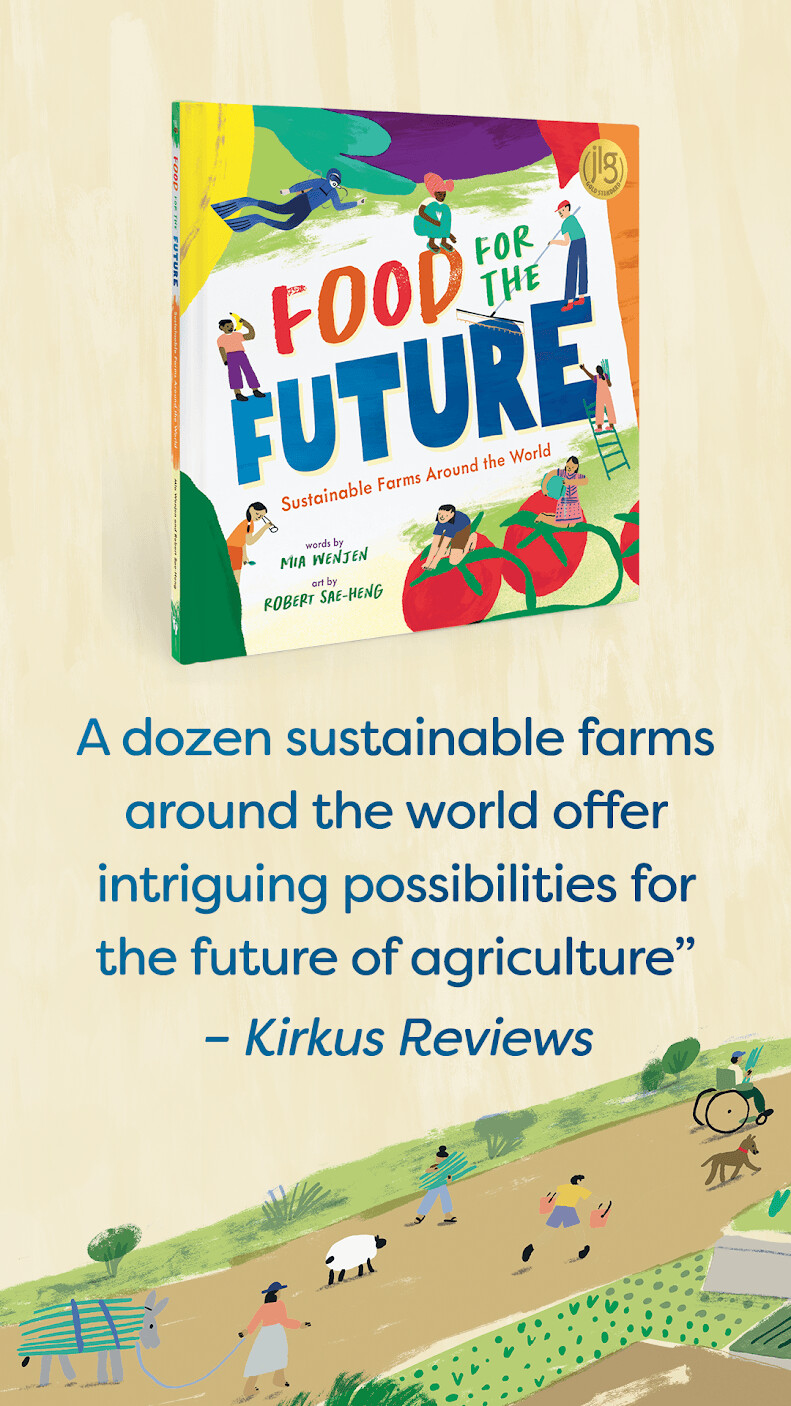
We’d love to hear the story of how you built up your social media audience?
I think it’s important to find topics that resonate with you. For me, this was diverse children’s books. As a children’s book blogger, I create long-form content which allows me to create book lists, with both a plot summary and my take on the book. I then share this long form content across many social media platforms such as X/Twitter, Facebook, BlueSky, LinkedIn, NextDoor, Instagram, and Threads. I also create short videos for my YouTube channel.
My advice would be to create one piece of content that you are proud of and share it across many social media platforms. Be open to experimenting to find the topics and formats that work best for you and your audience. Then, set up a daily or weekly habit to do this. Be consistent. It takes time to grow an audience.
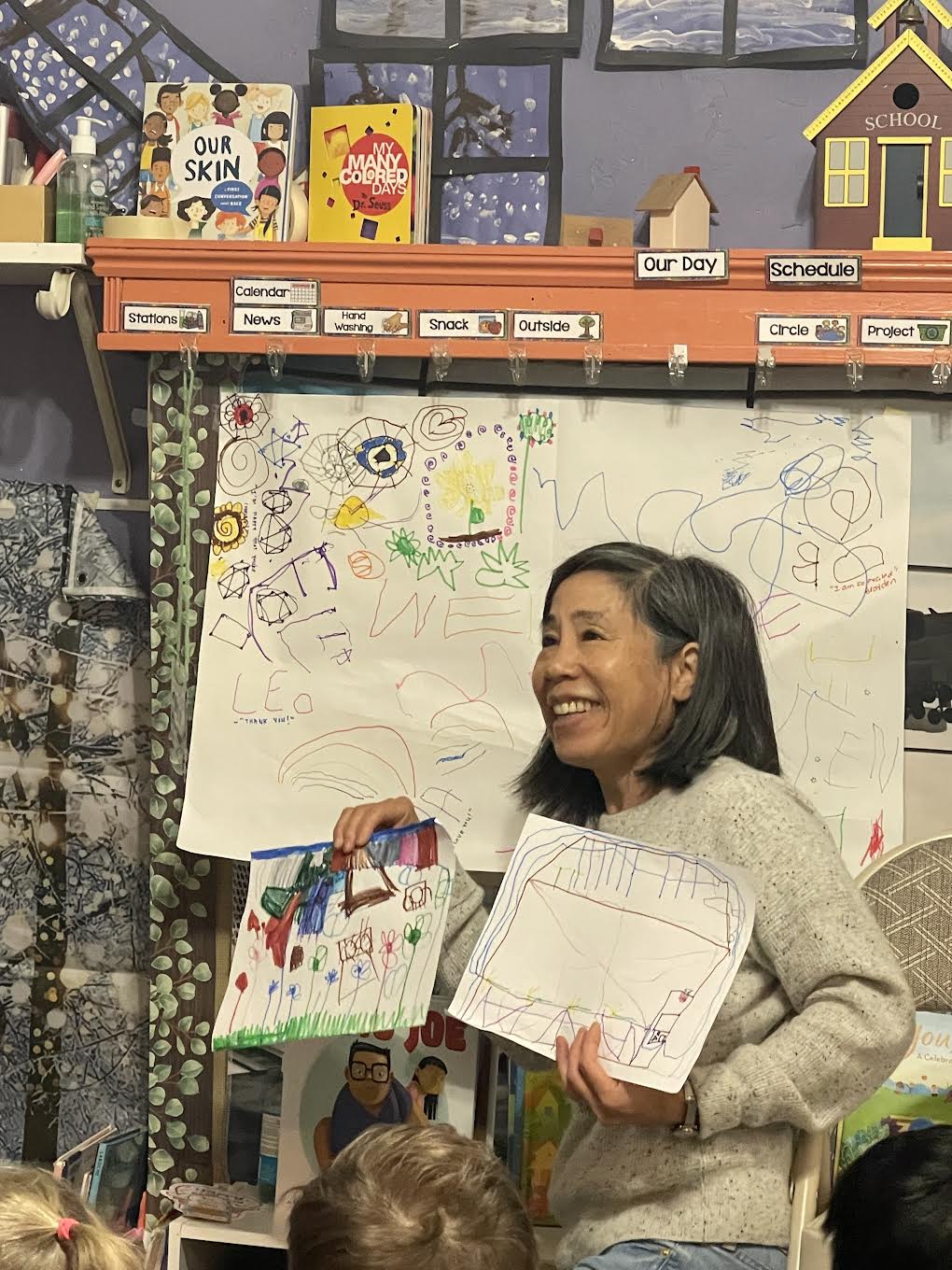
Do you have any insights you can share related to maintaining high team morale?
I have a small team for my nonprofit, ReadYourWorld.org. We met 15 years ago as children’s book bloggers and we contributed to a group blog, Multicultural Kid Blogs, which one of my staffers, Leanna, started and currently runs. It’s been so fun to work with friends who are also passionate about diverse books and experiences for children. Because we worked together in a volunteer setting, it was easy to slide this relationship into a nonprofit work experience.
Some key points that I have learned from working as a manager:
1) Solicit opinions for decisions. Be sure to explain your decisions that might be controversial, letting your team know that you heard their input but went a different way and WHY YOU DID IT.
2) Recognize contributions in little ways such as in an email or in a meeting to thank someone for something specific that they did. Don’t just thank them but explain what they did and how it positively impacted the company/nonprofit. Then thank them! People want to feel appreciated in what they do; this is really important to do on a regular basis.
3) Give all credit to the team and accept all blame for failures. That is what it means for “the buck ends here.”
4) Ask for help and accept help.
5) Don’t micromanage. People hate that.
6) Give people grace and autonomy to structure their own day/week/work timetable. Just set goals with timeframes and focus on helping everyone reach that.
Contact Info:
- Website: https://www.pragmaticmom.com/
- Instagram: https://www.instagram.com/pragmaticmom/
- Facebook: https://www.facebook.com/p/PragmaticMom-Education-Parenting-and-Childrens-Books-100064493391981/?locale=fo_FO
- Linkedin: https://www.linkedin.com/in/miawenjen/
- Twitter: https://x.com/pragmaticmom
- Youtube: https://www.youtube.com/@MiaWenjen
- Other: https://bsky.app/profile/pragmaticmom.bsky.social
https://www.threads.net/@miawenjen
